Interesting and sometimes funny photos on automobiles (21 photos)
I present to you a new collection – on the topic of automobiles from the 20th century. Let's embark on a fascinating journey through the eras of automotive engineering: from the birth of the automobile industry and the golden age of luxury classic models to technological breakthroughs and revolutions in design and mass production. 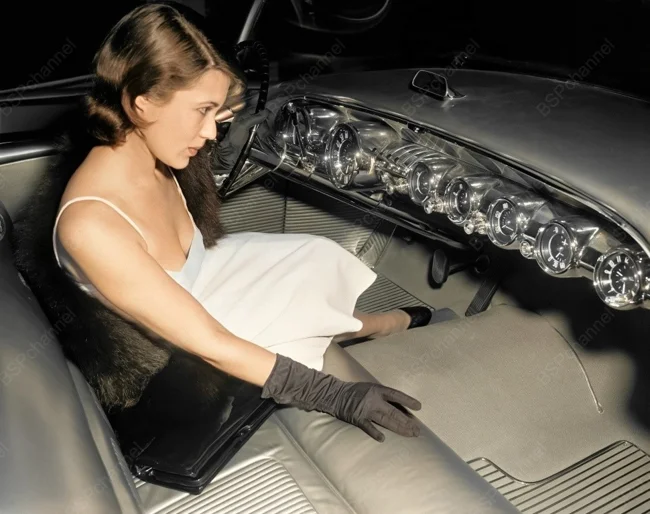
. The new ZIL-111G on the Bolshoy Moskvoretsky Bridge. Moscow, 1962-1965. 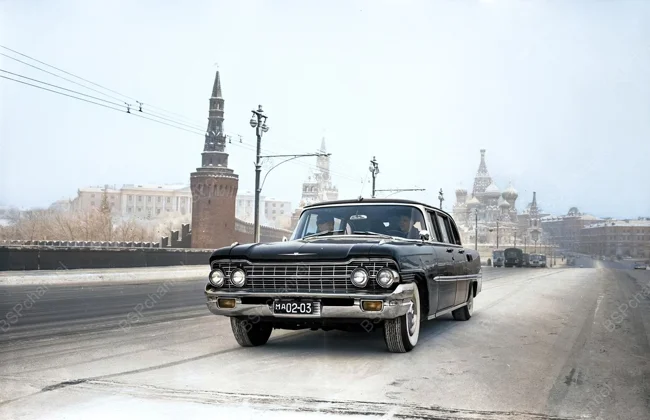
Mrs. F. S. Bliven in a car, 1908. 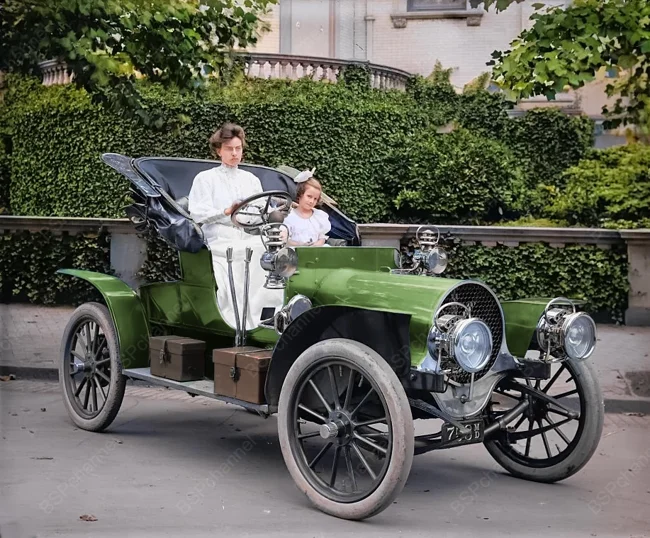
At the wheel of a vintage 1907 Franklin Model D roadster is a dealer's family. Pictured are the wife and daughter of Frank S. Bliven, who was the official representative of the Franklin automobile brand in Washington.
Police BMW 5-Series (E12). Moscow, 1980s. 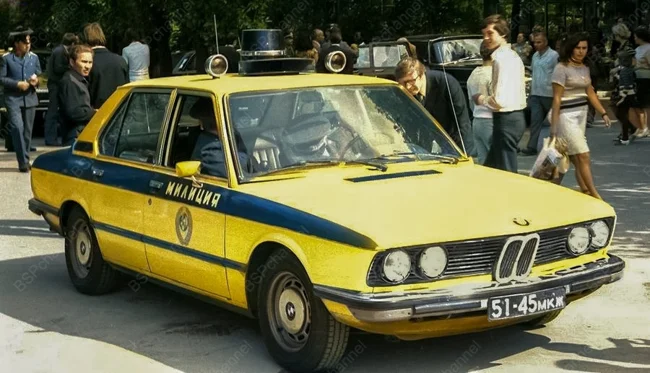
The Moscow traffic police fleet was replenished with foreign cars back in the 1970s. The first were Czech Tatras for escorting motorcades. But the true German legend began with a visit to the USSR by former German Chancellor Willy Brandt, who facilitated a contract for the supply of cars from Germany. For the 1980 Olympics, Moscow received a batch of Mercedes-Benz W116s and BMW E12s. From then on, powerful Mercedes-Benzes served as escorts, while dynamic BMWs became the city's main speed hunters, striking terror into the hearts of speeders.
Van Nuys, a suburb of Los Angeles, California, USA, 1972. 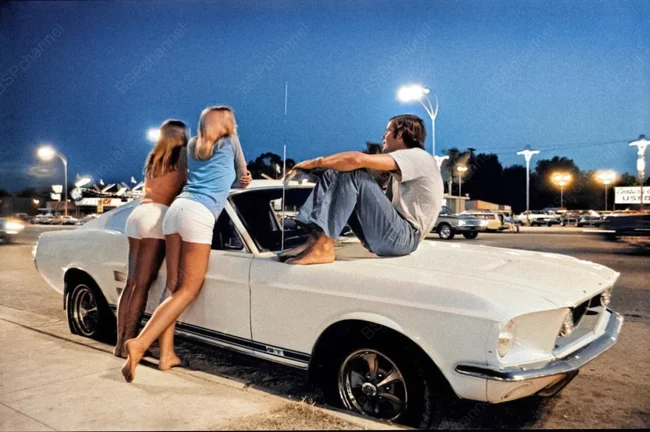
Photographer: Rick McCloskey
Van Nuys Boulevard in the San Fernando Valley—that's where the real action was! Every night, this place became the epicenter of Californian car culture. The best cars from all over the southern part of the state and their owners flocked to this asphalt podium to show off, watch others, and, of course, floor it in this nighttime carnival of speed.
ZAZ-966 cars in the assembly line, 1969. 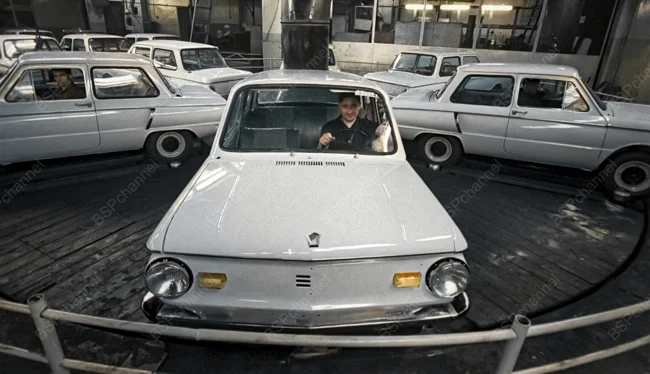
Photographer: Alexey Krasovsky
Utah Desert, 1947 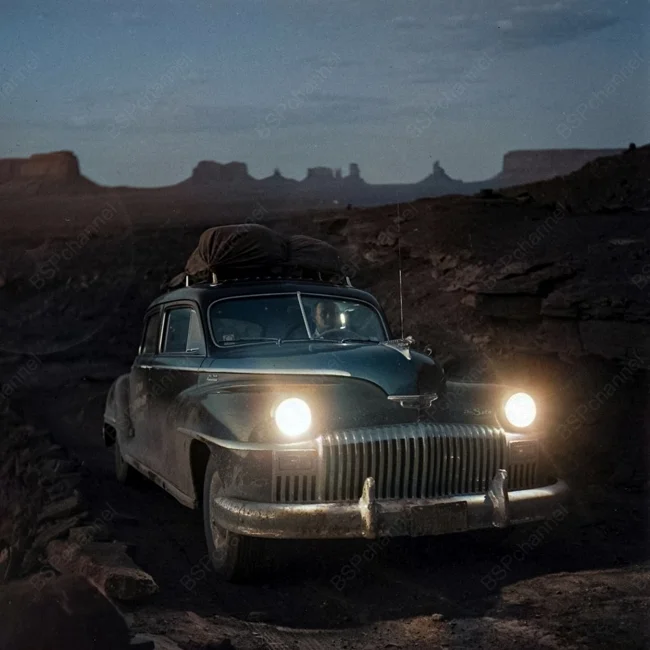
Photographer: Loomis Dean
DeSoto is an American automobile brand founded by Chrysler Corporation in 1928. Named after the Spanish conquistador Hernando de Soto, the brand is easily recognizable by its stylized emblem depicting the explorer. Over 32 years of production, the company produced more than two million vehicles before finally closing on November 30, 1960.
Rollover test of a ZAZ-966V "Zaporozhets" car, Dmitrovsky Proving Ground, Moscow Region, 1970. 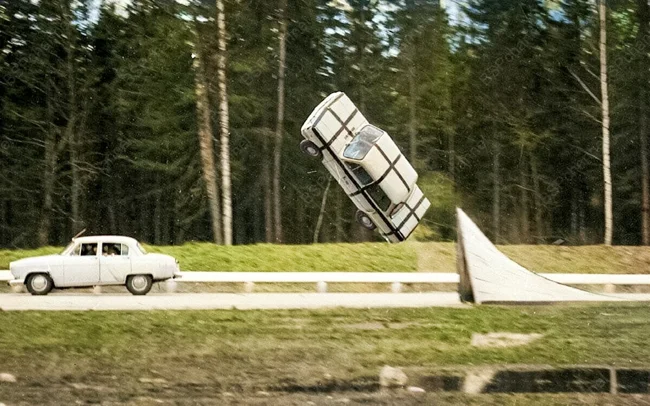
Austin Healey 100-6 convertible, 1959. 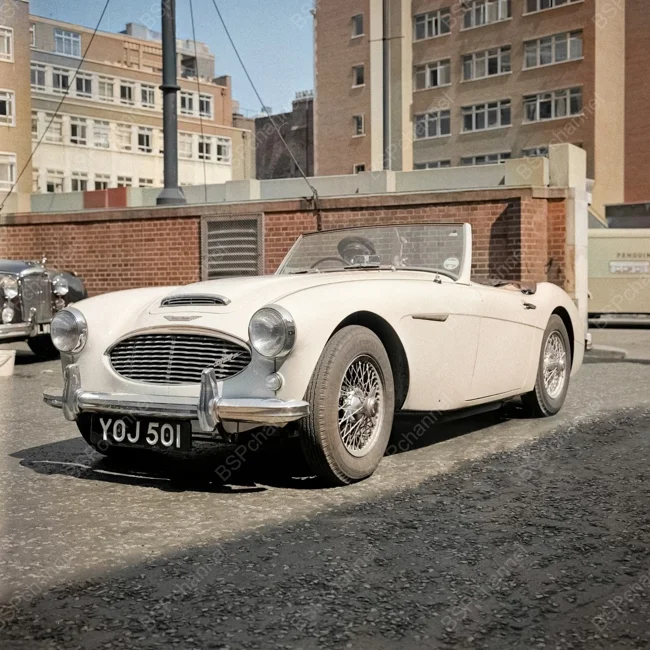
The only surviving photo of a running prototype of the IZH Gran Turismo coupe, 1973. 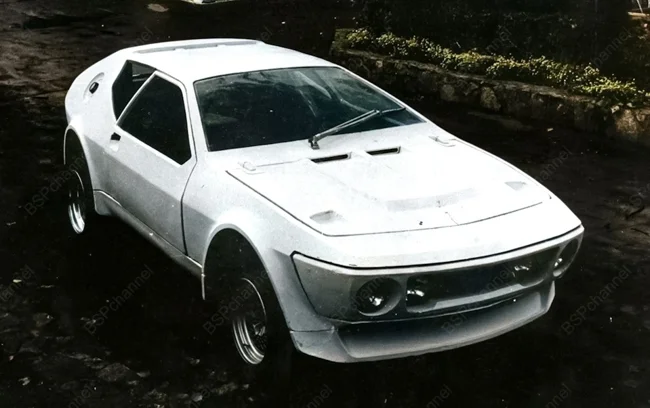
This sports car remained a promising project, born within the factory walls during an era of passion for motorsports. Its creator, designer Boris Averyanov, developed a bold design together with factory racer and Test Bureau engineer Stasis Brundza. A fiberglass body and a running prototype were made, and work on the interior was underway. But fate decreed otherwise: Brundza returned to his homeland, taking the only prototype with him. The subsequent fate of this sports car is shrouded in mystery, leaving behind only stories and, perhaps, somewhere in Lithuania, a unique example of the Soviet automobile industry gathering dust in a garage.
American automobile designer and engineer John DeLorean works on the design of a new car. Detroit, Michigan, 1974. 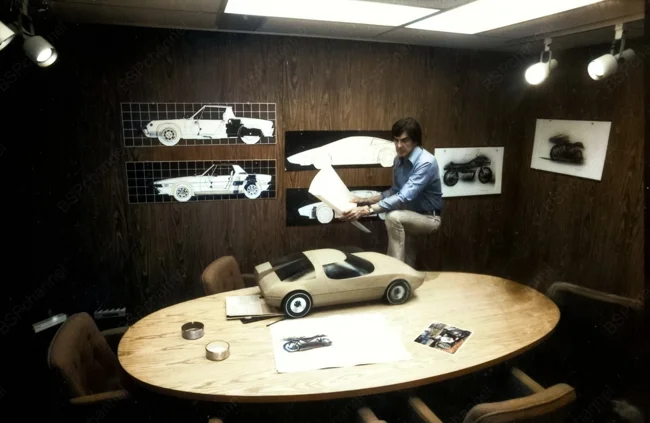
Photographer: Artur Shatz
The millionth Moskvich on Lenin Hills. Moscow, 1967. 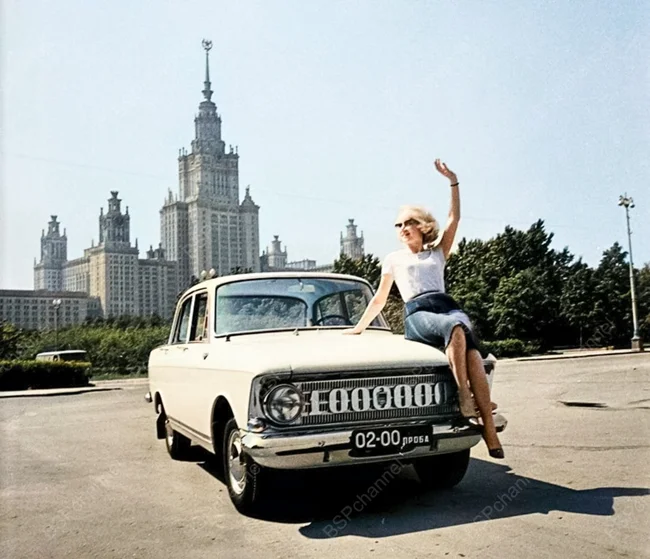
Photographer: Valentin Khukhlaev
Interior of a Cadillac Le Mans Concept Car. USA, 1950s. 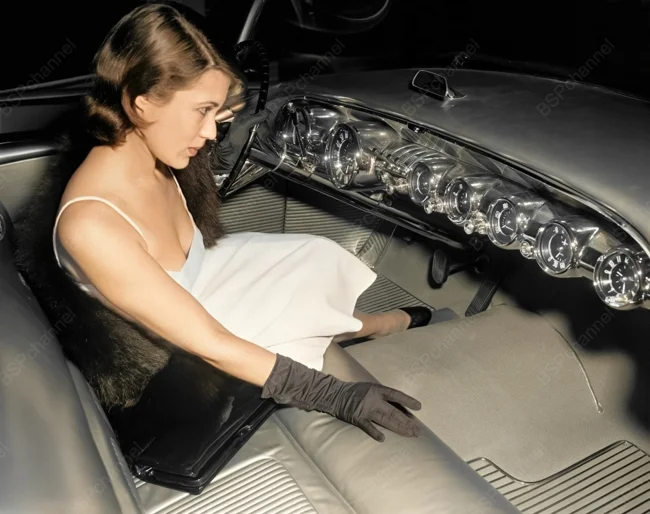
MAZ MVU-30 – unique Soviet special-purpose agricultural equipment created in Minsk, 1970s. 
In the late 1970s, the Minsk Automobile Plant conceived a true agricultural revolution—the launch of the gigantic MVU-30 fertilizer applicator with a record-breaking spreading width. The plans were ambitious: to produce 5,000 units annually. However, harsh reality forced its own adjustments: from 1980 to 1983, only 58 units rolled off the assembly line. It was this failure that gave the vehicle its popular, ironic name—the "Three-Wheeled MAZ," forever etched in history as a symbol of a bold but unrealized project.
GAZ-13 "Chaika" at the Prague Motor Show in 1960. 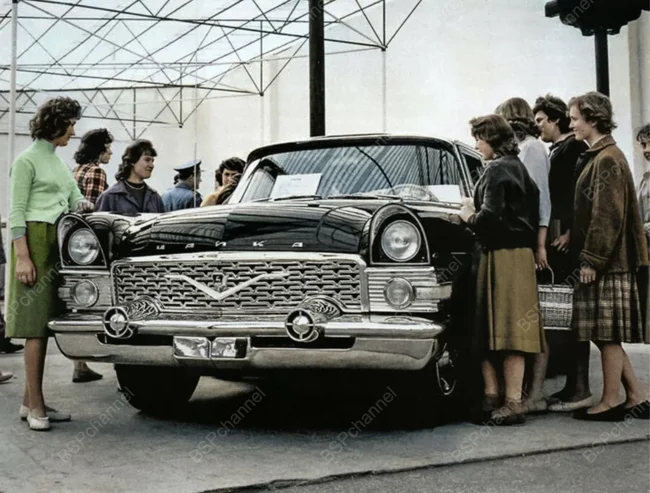
A couple gets into a BMW Isetta, 1950s. 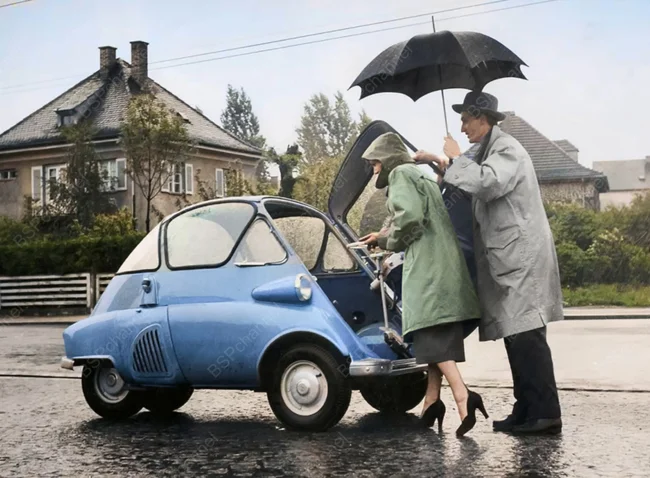
The Dymaxion (a word derived from the words "dynamic, maximum, tension") is a car designed by American architect Richard Fuller in 1933. 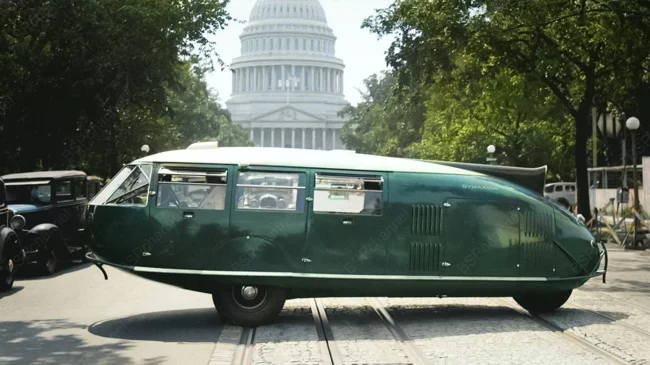
This car broke all stereotypes with its unique layout: two driven wheels at the front combined with one steered wheel at the rear, and a rear-mounted engine, making it a rare example of a rear-engine, front-wheel-drive car. Its streamlined, teardrop-shaped body demonstrated outstanding aerodynamic efficiency. At a colossal 6.1 meters in length for its time (twice the length of a standard car), the car was powered by a Ford engine producing 86 hp. Its creator, Fuller, claimed a fantastic top speed of 190 km/h (114 mph), but only 140 km/h (87 mph) was officially documented.
A Jaguar XK120 and a Mercedes 190SL at the famous AVUS racetrack. Berlin, 1956. 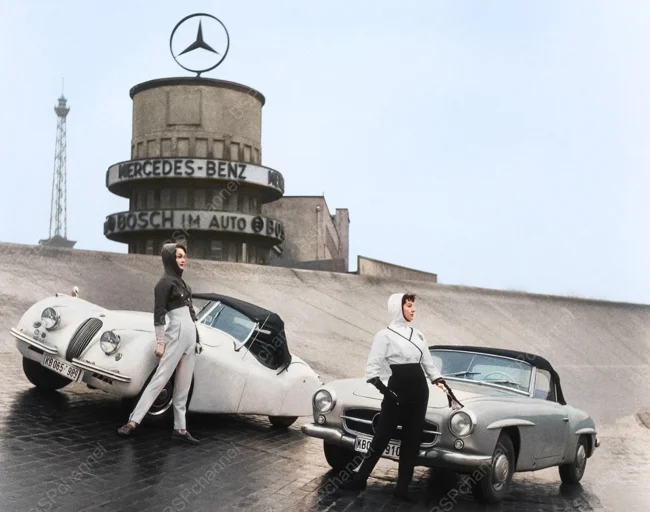
Volkswagen factory, 1953. 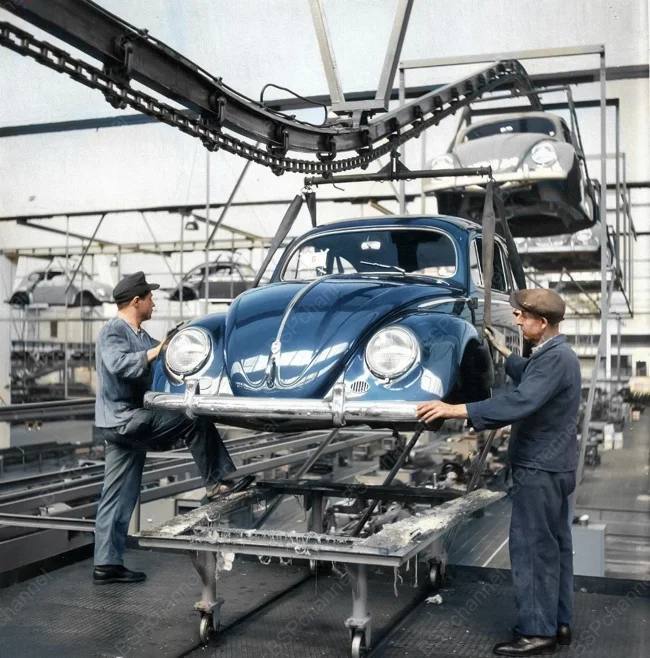
Prototype of the Swiss military vehicle Saurer 2DM, 1930s. 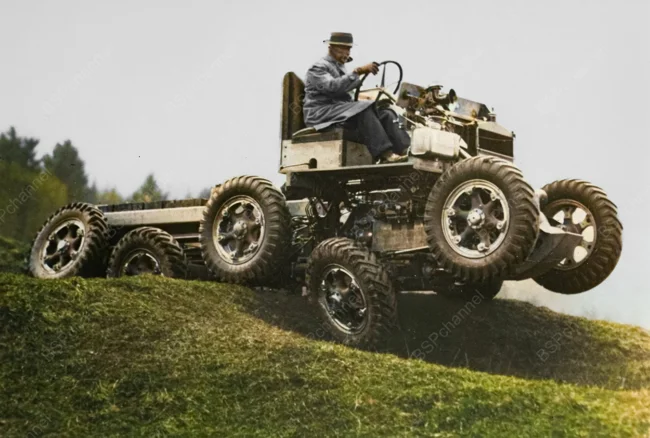
Moskvich-400 at the finishing line. Moscow, 1953. 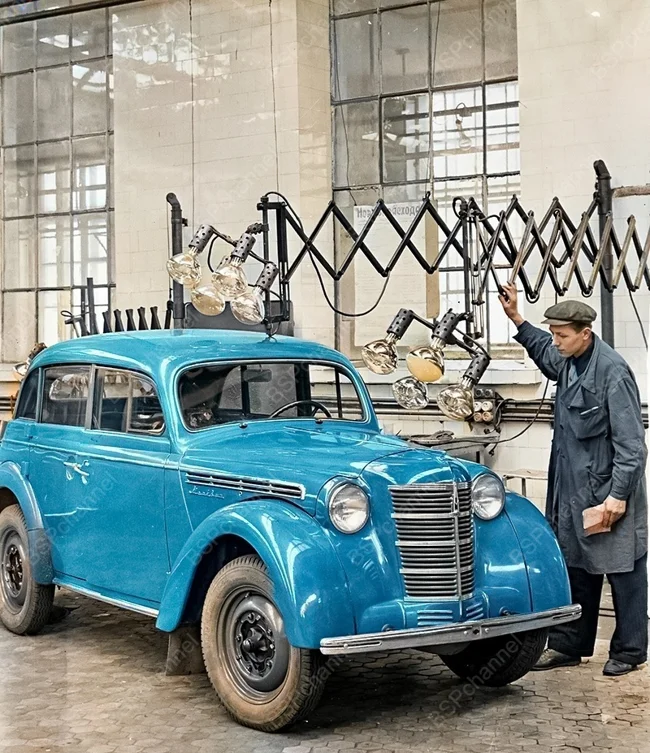
Photographer: Valentin Khukhlaev






























